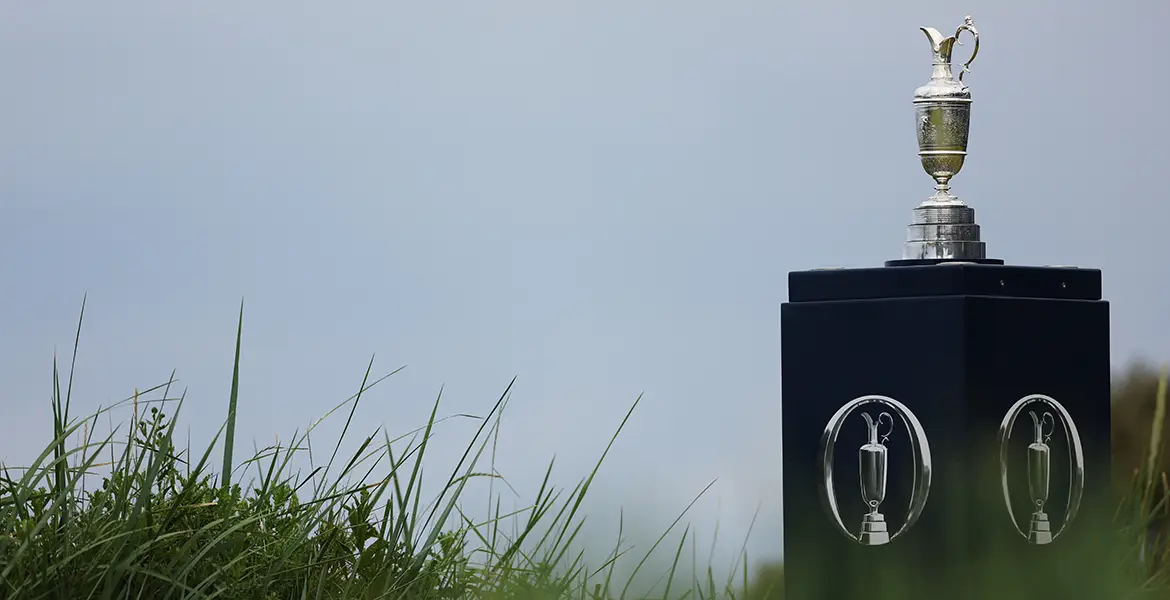
You don’t go to Bandon Dunes for spas, infinity-edge pools and thread counts. And you’re not there to play 18 leisurely holes per day on a cart before going to explore the resort on a bike.
Bandon Dunes is all about Advil, knockdown shots and carry bags. You’re there to stand on the tee at 6:30 a.m., peering through the fog and mist to the barely visible fairway, ready to embark on a day of pure golf.
And with the opening of Old Macdonald, the resort along the Oregon coast will feature a Grand Slam of golf architecture, with each layout possessing a character as unique as each of the major tournaments.
Word is that for many of guests who have previewed it, Old Mac, as the course has come to be known, just may be their favorite. That is quite a statement considering that in the 10 years since the resort opened, its three courses have established themselves among the best in the world.
The original course, Bandon Dunes, brought a sense of links golf to the West Coast, thanks to its Scottish architect, David McLay Kidd. The second, Tom Doak’s Pacific Dunes, is the most natural of the courses, a genius of routing that defies convention: The back nine has four par 3s, three par 5s and just two par 4s—and one of them, the 338-yard 16th, is drivable.
Then the team of Bill Coore and Ben Crenshaw built the rugged Bandon Trails, which starts in the dunes before moving into the sandy, hilly forest, where the topography makes for a difficult, memorable test.
Four for Four
When the time came for the resort’s fourth course, owner Mike Keiser sought inspiration from his favorite architect, Charles Blair Macdonald, whose designs include Chicago Golf Club, the first 18-hole course in the U.S., and Long Island’s National Golf Links, widely considered the first great American layout.
Keiser turned to Doak and his longtime associate Jim Urbina to design a course that would pay tribute to Macdonald, who himself paid homage to the classic strategic designs of the Old World when he built National Golf Links.
At National and at his other courses that followed, Macdonald designed a series of template holes that employed strategic principles to challenge players to both make good decisions and execute good shots. These holes have names that range from the poetic—Eden, Redan, Biarritz—to the self-evident: Short, Long, Punchbowl.
For golf course architecture buffs, these holes are as familiar as the alphabet, the building blocks of timeless design. For the architects and for Keiser, the problem was that for the average player, Macdonald’s template holes were a foreign language.
Despite his stature in the game as one of American golf’s founding fathers, Macdonald is virtually unknown to golfers, most of whom have never played one of his courses. Only one, the Old White at the Greenbrier Resort, is open to the public, and his westernmost layout is St. Louis Country Club. The majority of his best layouts—National, Chicago, Piping Rock, Yale—are at private clubs.
As it turned out, the lack of familiarity with Macdonald doesn’t matter for those playing the course, which will open to commemorate the 100th anniversary of the rounding of National. Because his archetype holes are designed to appeal to all types of golfers, regardless of skill or knowledge level.
Even if you don’t know a Redan from a Cape, you’ll find is an epic yet playable golf course with wide fairways, big features and even bigger greens that allow for numerous angles of approach in a way that few courses outside of the Old Course can provide.
Big Greens
In fact, Old Macdonald is the only course in the world with larger putting surfaces than the Old Course’s double greens. According to rough measurements, Bandon Dunes Director of Agronomy Ken Nice estimates that Old Mac’s greens total 6.5 acres, compared with 6.1 acres for the Old Course.
The largest of the greens is on the 181-yard 8th, the Biarritz hole (pictured). This green with a large swale in the middle is 75 yards long and 40 yards wide. Depending on hole location and wind, it might be possible to hit anything from driver to sand wedge—from the same tee box.
According to Doak, the goal was never to set out to build such large greens. But since most players can putt on the fast-running fescue grass anywhere from 50 yards and in, extending the putting surfaces beyond the original plan was a natural evolution.
Other highlights include the 12th (Redan), 11th (Road), 9th (Cape) and 3rd (Sahara). After the first two holes, which play along a ridge, the player must hit the tee shot on the 3rd hole over the ridge. When he or she reaches the top of the hill, the heart of the course reveals itself below in a moment of clarity that few courses in the world can match.
While Doak and Urbina tried to fit template holes wherever possible, they didn’t try to force them when the land didn’t permit it. As such, several holes are not templates, including back-to-back holes, the 14th and 15th. The 14th is a short, well-bunkered par 4 of 330 yards with as many options for playing the hole well as there are ways to make double bogey.
The following hole just may be the postcard hole—Old Mac’s version of Bandon’s 5th or Pacific’s 13th. It sweeps out to the ocean and climbs uphill to a green in the dunes. If not for the knowledge that the Pacific Ocean lurks in the distance, it would be easy to believe that the hole is located in the Nebraska sand hills.
And so Old Macdonald unfolds with one little surprise after another—a roll here, an unexpected bunker style there. Despite the large scale of the course and the site, it is the details, so meticulously fussed over by Doak and Urbina, that truly make the course such a pleasure to play.
So if you’re lucky enough to visit, be sure to take the time to enjoy Old Mac’s subtleties. Because getting to play a Macdonald course, even in tribute form, is a rare treat for any true golfer.






